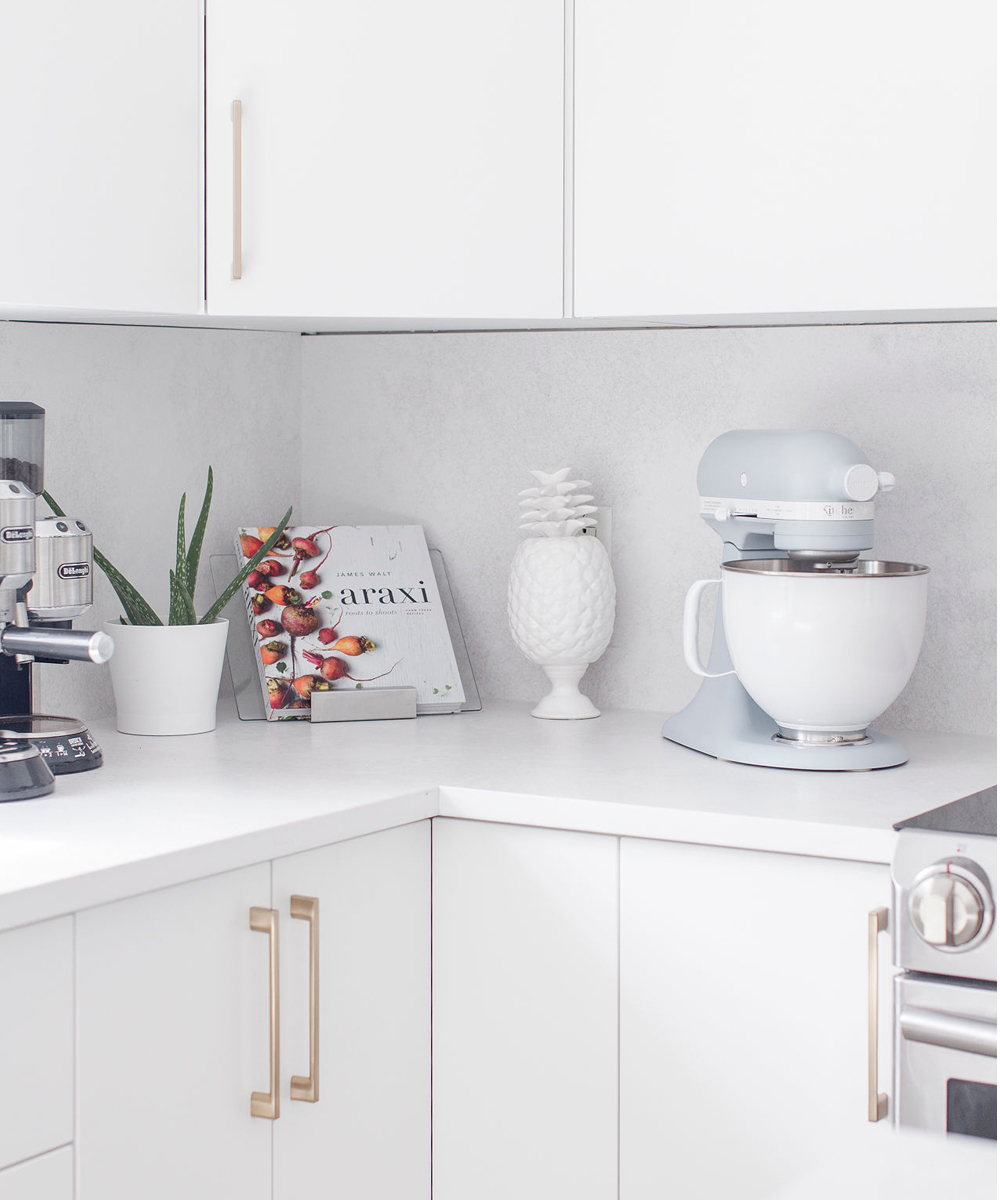October 4, 2019
We tend to think of the history of humanity as being man versus man; but in actual fact, for the majority of humans time here on earth, it’s been about man versus nature. It’s easy to forget that the outside world can be pretty brutal: predators, severe weather, and the like have caused our ancestors a lot of trouble. Now, we’re safely tucked up inside our homes, and we should be thankful for that. But nature is still there and still has the ability to cause us distress by infiltrating our properties and causing damage and discomfort. So let’s make sure that doesn’t happen. Below, we take a look at a few ways how you can protect your home from the threat of the outdoors.

Seal it Up
The fewer access points that the elements have into your home, the more secure it’ll be. From time to time, it’s recommended that you’re going throughout your property and looking to see if there are any gaps or vulnerable sites where wind and rain can get in. If you’re feeling a draft and all the doors are closed, then there’s probably an access point somewhere.
Avoiding Water Damage
There’s nothing worse than waking up, stepping out of your bedroom, and seeing that there is water present in your property. Yet many homes are vulnerable to leakage during heavy rainfall, and they don’t even know it. That’s because many of the spots where water commonly gets into your home are out of sight. The two many areas are the property’s gutters, and roof. To prevent a build-up of water in your gutter, it’s recommended that you call a gutter cleaning company in spring and fall. For your roof, have a professional inspect it to ensure that it’s watertight, especially before the rainy season hits.
Around the Perimeter
Mother nature can harm your property in indirect ways, too. During a storm, objects that are located around the perimeter of your property can become dislodged, and flung into your home, causing significant damage. If you have trees around the edge, make sure you’re inspecting them before fall to ensure there are no dead branches that could break off and hit your home. You’ll also want to remove (or tie down) any items you have in your yard, such as furniture and children’s play areas.
The Right Temperature
Your home should be comfortable, but this isn’t always possible if your home isn’t set up to handle extreme weather, particularly the cold. A cold snap won’t just make being inside your home difficult to bear; it can also wreck the infrastructure. Before the peak of winter arrives, have your boiler serviced — it’ll ensure the freezing temperatures can’t cause too much damage.
Be Prepared
Finally, make sure that you have comprehensive home insurance. No matter what preventative steps you take, it’s always possible that something will go wrong. If you have insurance, then you’ll be able to have your home repaired without any issues, keeping it in tip-top condition.
*Collaborative post

